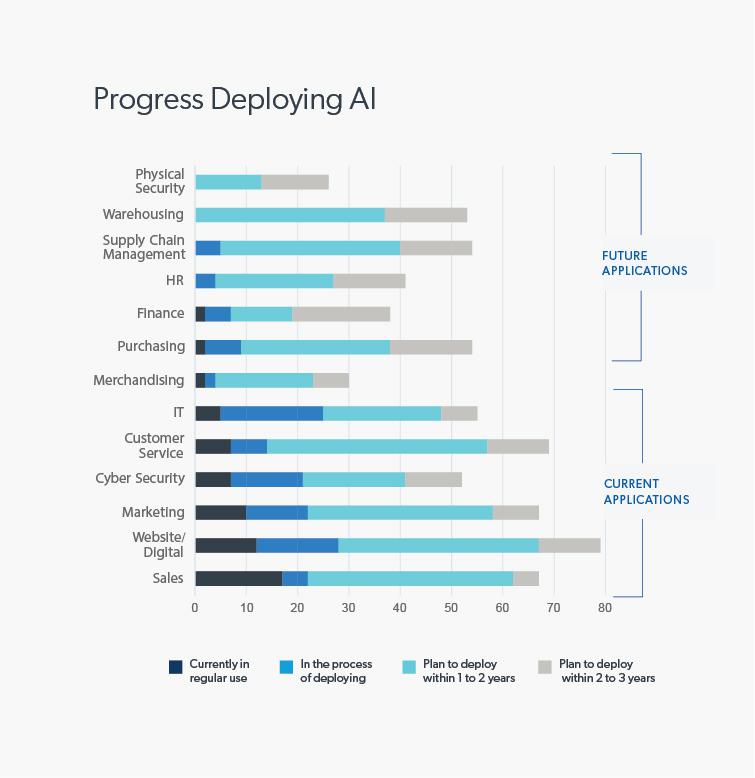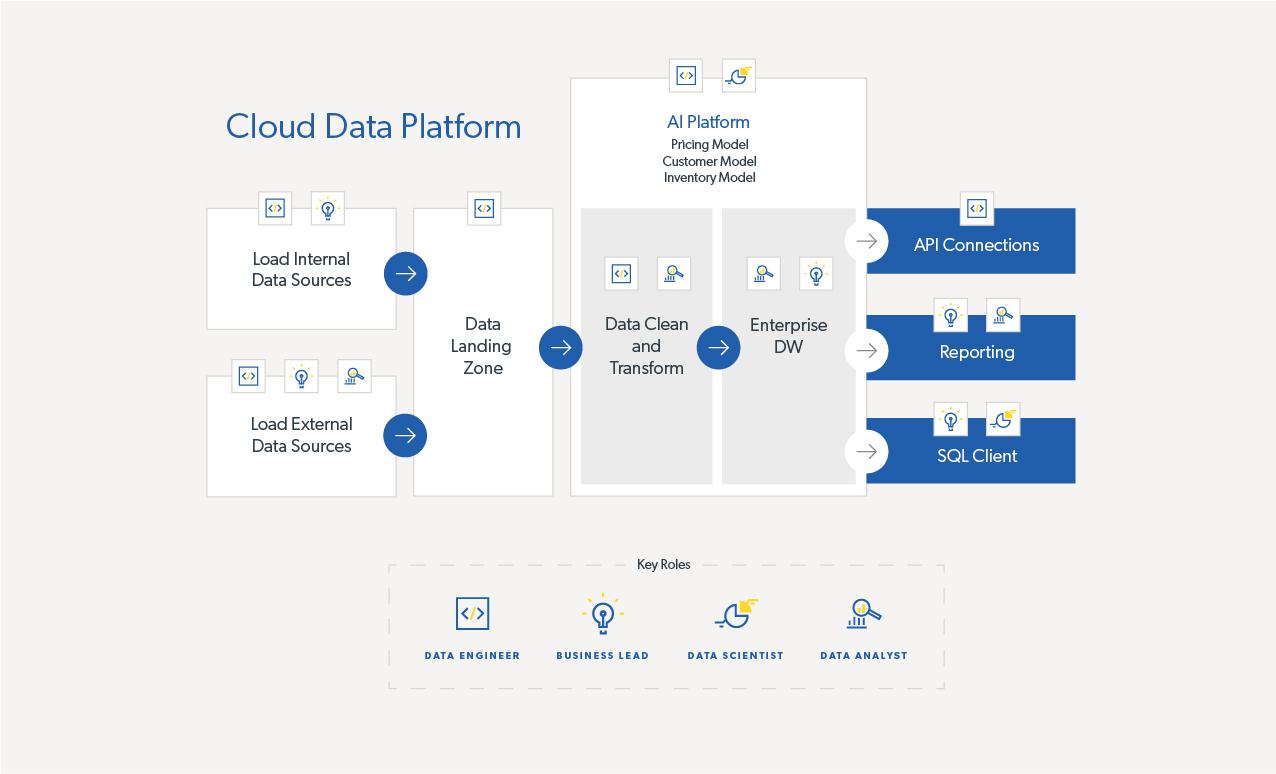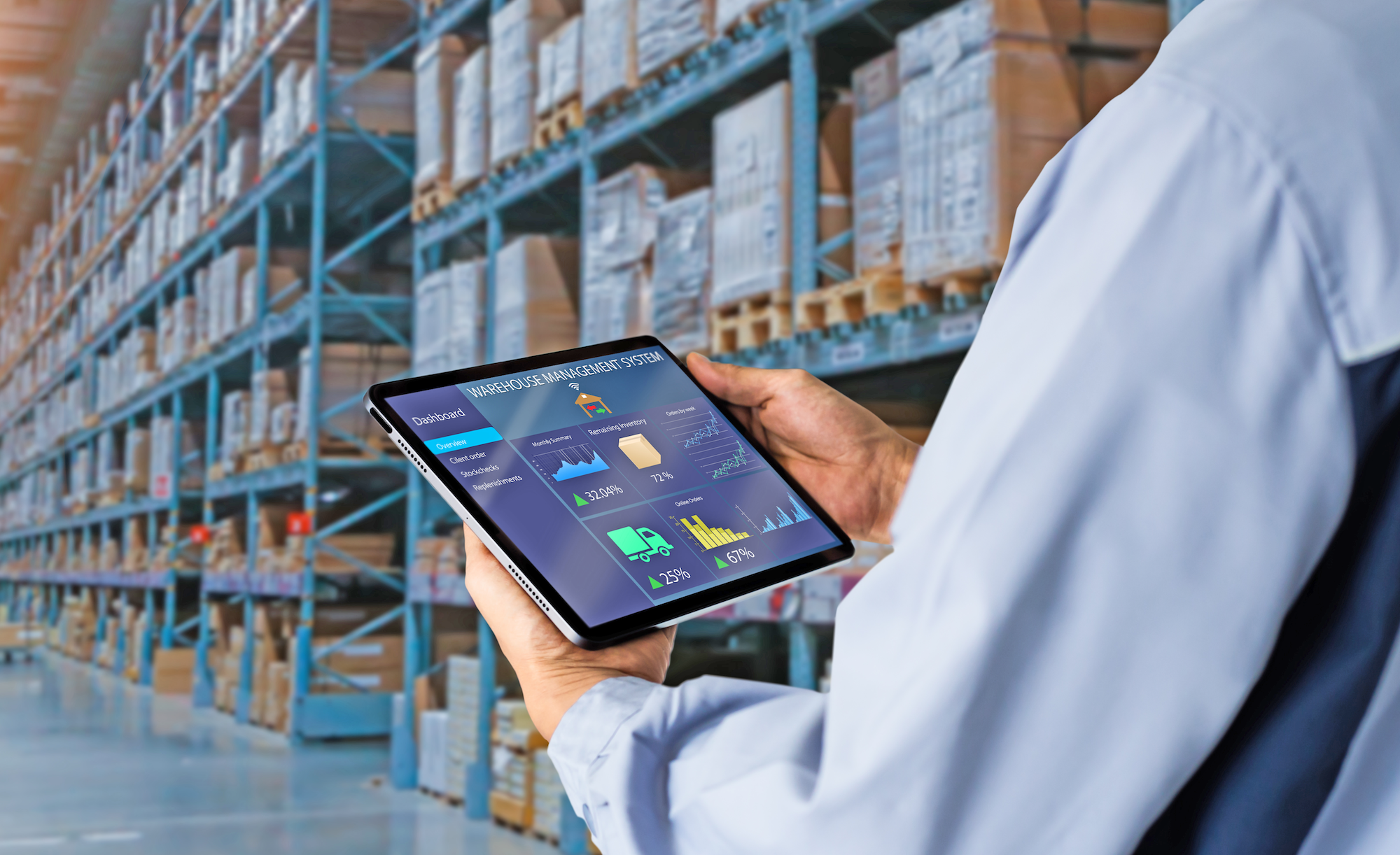Articles May 28, 2024
Optimize Your Whole Business: How AI-Powered Data Automation Can Transform the Distribution Industry


Overcoming the Data Dilemma
Data Orchestration
Optimizing Revenue with Data Automation
Optimizing Customers
Optimizing Inventory
Becoming a Modern Data Organization
Download this PDF
Download
Michelle Meyer
Industrials & Transportation Portfolio Lead
As a Managing Director, Michelle serves clients within Supply Chain, Distribution and Logistics. Leveraging her understanding of industry-specific challenges and technology and data-driven solutions, she guides clients to use innovative IT and digital strategies which enable operational efficiency and business growth.


Jason Hunter
Director
Jason helps clients define and achieve revenue-generating objectives by implementing data-driven, AI/ML solutions and by leading multi-functional teams of data engineers and data scientists across projects with a focus on data contextualization, delivery, and client satisfaction.





